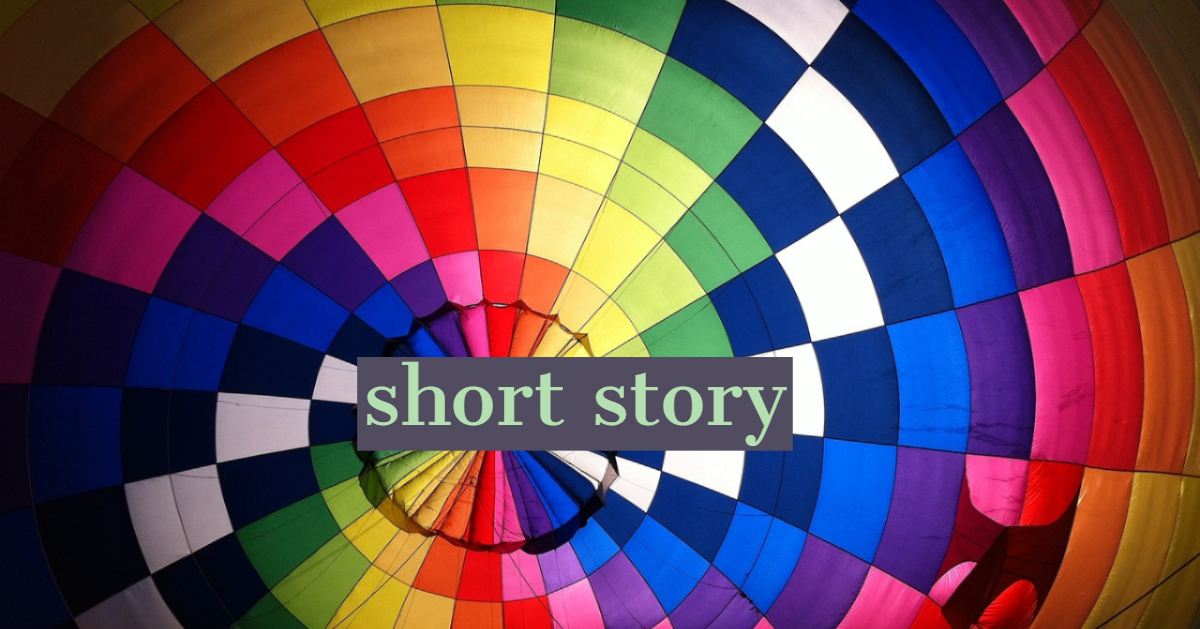A Sense of Wonder
I have always loved working with young children because of their sense of wonder. I share this sense with them. Everything is so magical to children, and they are so inquisitive and anxious to learn about the world around them.
When walking across the yard, we might see billowing clouds, and our sense of wonder produces images in these fluffy sculptures. Wonder and imagination go hand in hand. The children enjoyed pointing out shapes, and they eagerly looked for the animals and other shapes that others saw in the cloud formations.
We’d see a bird catch a thermal and soar upward in the sky and the children would wonder how this was possible, and it would lead to a science talk about thermals, the lightness of bird bones, how the wings help, etc. It was also fun to watch birds as they tried to fly against a strong wind. This would lead to a wonder about what caused wind. Weather was a huge sense of wonder for the children-especially thunder and lightning. I’d answer their questions, and then get books on the subject and read them at story time.
Colors were a great source of wonder to the children. I’d put a prism in the window and create a rainbow for them. They’d then play with the prism, creating their own rainbows for a long time afterwards.
The children colored with crayons, colored chalk, and painted a lot. They especially liked to wonder what would happen if they mixed the colors. Finger painting was a good way to mix the color, but hand pressing paint between folded paper, or two pieces of paper, or using a hot iron to melt shaved crayon pieces between two pieces of paper was a great way to mix colors and they were fascinated.
Melting the shaved crayons on waxed paper created wonderful colors, and if placed in a window, they resembled stained glass. The images from these sources were a lot like Rorschach tests and imaginations flowed as they named shapes. They loved how mixing colors created new colors.
We’d use baby bottles, water, eye droppers, and food coloring to also create new colors. This was fun, especially when looking through the bottles in the sunshine. I’d have the children help me mix the tempera paints to create different colors, like pastels in the spring time, and different shades of the basic colors.
My lesson plans were very flexible as they revolved around the children’s interests. A walk in the park might end up with us sitting and watching the swallows buzz the grass, or we might explore the yearly carnival as it was being set up, or we might sit down and watch a blimp pass over our heads.
Yard play would stop if a cocoon was discovered, or a spider, or a snail. We’d go out early and touch the hoar frost on the grass, and we’d stop and look at the mountains that were covered with snow.
If it were windy, we’d fly a kite and/or make our own kind with a tube of colored construction paper with crepe paper streamers tied to a “stick” made out of rolled up newspapers.
Bubbles were another source of wonder: how they could come out of any shape and always turn into a round shape, and they’d reflect iridescent colors and then pop all by themselves if they could escape the children’s hands.
The children’s sense of wonder was really aroused by music. Anyone who could play an instrument was magical. And when the children explored music with our musical instruments: cymbals, tambourines, rhythm sticks, bells, drums, etc., they didn’t hear the discordant cacophony that the adults heard, they heard music.
You could see their sense of wonder as they played: building with the blocks and making tall structures that stayed up for a good long time, or digging in, and constructing with wet sand pumping water with a hand pump, or pouring water over a waterwheel.
Lunch time was another time of wonder. Why couldn’t you eat the dessert first? Why do you call my French fries potatoes? This would lead to discussions about nutrition, where our foods come from and how it changes.
We tried having a garden, but the yard men mowed it down. But those discussions led to more cooking projects involving potatoes. How does that hard, brown thing turn into white mashed potatoes? Cooking is full of wonder.
The activity that really opened their sense of wonder, and that I especially liked, was the introduction of library books at circle [rug] time. I’d show them the books one by one and tell them why I chose them. It may be for the illustrations, or because I read the first page or two and wanted to know what happened next. It might tell us what causes lightning and thunder.
The book may be an old friend that we liked to read over and over. It may be a picture book of a song that we sang, or wanted to learn. It could be a new book representing the ethnic background of some of the children, or a new book about Martin Luther King Jr. or Rosa Parks. It may be another book by an author we already knew and liked.
The children got to choose which area where they’d play, and on new book day, I’ve seen as many as 20 of my 26 children go to the book area to read these books.
As I said, my lesson plans were not static: they revolved around the children and their interests. And their interests came from their sense of wonder a great deal of the time.
MIna Anne Chudilowsky is a member of the writing class offered through the Cerritos College Adult Education Program. It is held off-campus at the Norwalk Senior Center.

